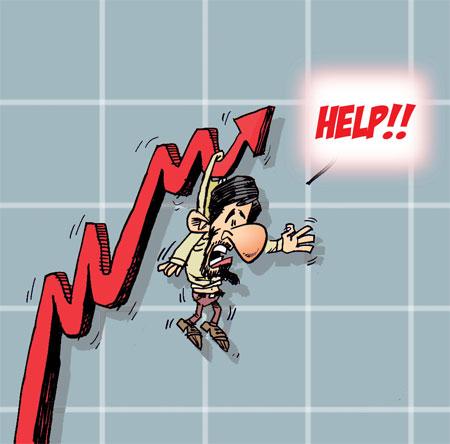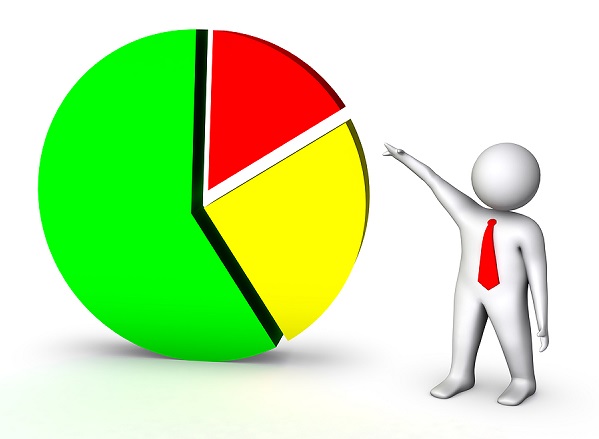The law of substitution is also known as the law of equi-marginal utility or the law of maximum satisfaction. This law was first developed by H.H Gossen. Therefore, this law is also known as second law of Gossen. Prof. Marshall has developed and given the present shape of this law. This law states that in order to get maximum satisfaction, a consumer should spend his limited income on different commodities in such a way that the last dollar spent on each commodity yield him equal marginal utility.
The law of substitution is also known as “The Law Of Maximum Satisfaction” because the consumer can maximize his/her satisfaction by spending income in accordance with this law.… Read the rest



